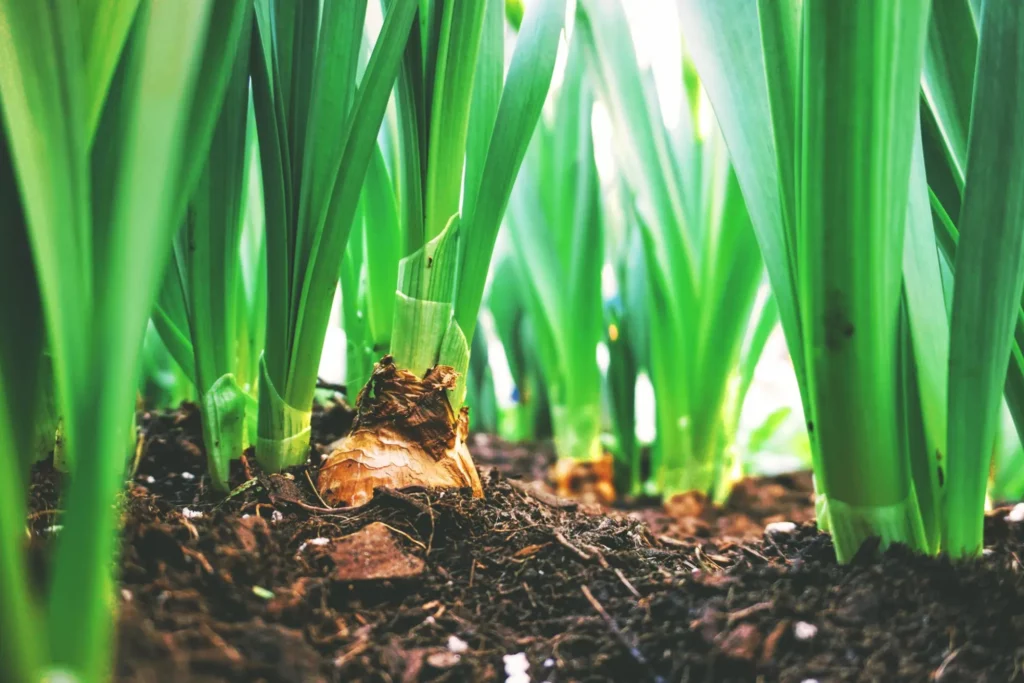
How We’re Helping to Create a Climate-Smart Food Culture
The global food system today has an enormous impact on the environment. One-third of food produced around the world is lost or wasted. On average, 70% of freshwater withdrawal is used for agriculture. Up to 37% of greenhouse gas emissions originate on the journey from farm to fork. Driven by striking statistics like these, the … Continued








